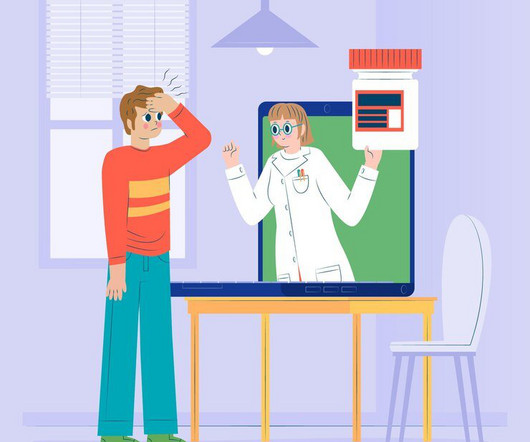Need to See a Doctor Fast? Here’s How Urgent Care Could Save Your Day
Plum Health
SEPTEMBER 20, 2024
Life happens fast, and sometimes, so do medical issues. These are the moments when you don’t have time to wait for an appointment with your primary care doctor, and the emergency room (ER) seems like overkill. That’s where urgent care comes in—a middle ground that’s convenient, affordable, and effective.














Let's personalize your content